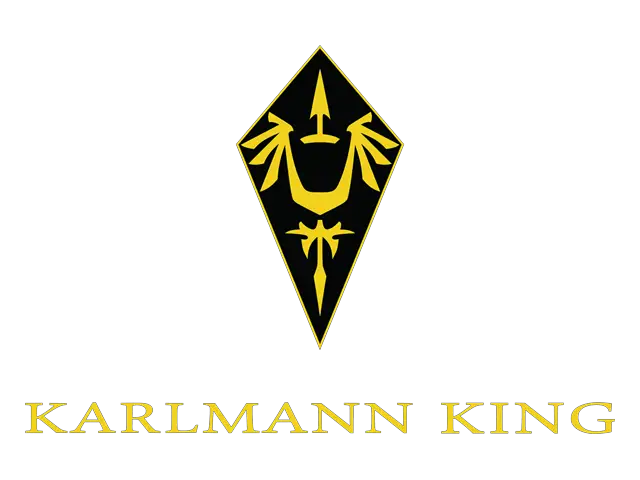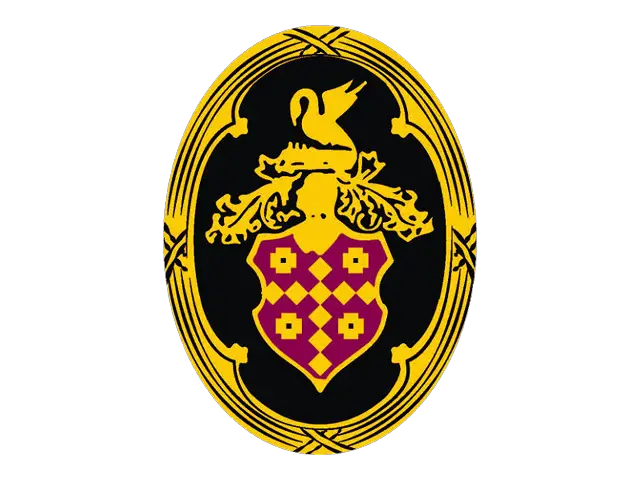ford Logo - History, Design, and Meaning

Company Overview
At the heart of Ford's operations is a steadfast commitment to innovation and reliability, symbolized by its iconic blue oval logo. This emblem, a hallmark of quality, distinguishes Ford within the automotive industry. Founded in the vibrant streets of Dearborn, Michigan, Ford has consistently pushed the boundaries of automotive design and technology. From the introduction of the first car, the Model T, Ford has embraced a vision that combines classic design with groundbreaking innovation, ensuring a secure environment for its legacy to evolve. Today, Ford's global presence reflects its enduring dedication to excellence and sustainability, steering towards a future focused on electrification and advanced technologies.
Key Information
- Founded: 1903
- Founder(s): Henry Ford
- Headquarters: Dearborn, Michigan, United States
ford Logo Meaning and History

Who owns Ford?
Ford is still owned by the Ford family (40% voting power), other stack holders of the company are The Vanguard Group and Evercore Wealth Management.
Ford's history began with Henry Ford's visionary approach in 1903, marking a pivotal change in the automotive industry. With its roots in Detroit, the company quickly rose to prominence by launching the Model T, which represented affordability and reliability, becoming the blueprint for mass automobile production. This innovation, characterized by the assembly line method, not only solidified Ford's status as a trailblazer but also democratized car ownership, transforming the Ford brand into a household name.
Over the years, Ford has maintained its competitive edge through continuous innovation, from pioneering the use of aluminum in car manufacturing to implementing advanced encryption technology for customer data protection. The company's achievements reflect its commitment to improvement and excellence, with the blue oval logo serving as a beacon of heritage and design purity. Recently, Ford has adopted a new design philosophy that emphasizes electric vehicles and smart technology, signifying a substantial shift in its product lineup and strategic direction. The company's trajectory highlights a legacy of adaptation and forward-thinking, positioning Ford as a leader in the rapidly evolving automotive industry.
Who was Henry Ford?
Henry Ford is the name of the famous American businessman, who established the Ford automobile brand. H. Ford was born in 1863 and died in 1947.

The original logo of the Ford Motor Company featured an ornately rounded badge framed with leaves and curves. This black badge displayed a white inscription, accompanied by a white border. The letters were arched and arranged in a wave, with the tagline 'Detroit, Michigan' in a bold sans-serif typeface, reflecting the elegant simplicity of its time.

In 1907, Ford updated its logo to a more modern and robust design. The new badge featured a rhombus shape with rounded angles, prominently displaying a bold black 'Ford' inscription in the center, along with additional lettering above and below.
The eye-catching shape of this new badge made the logo memorable, and its metallic gray and black color palette conveyed professionalism and a progressive approach.
Who designed the Ford logo?
The original Ford emblem was designed by Childe Harold Wills in 1907, though it was just the lettering. As for the oval framing and blue color, they only appeared on the insignia in 1927, and have been slightly refined and modified throughout the years.
Although it was a contemporary logo, it was used for only two years.

In 1909, the automaker began incorporating Henry Ford's signature into its visual identity, which remains central to the company's concept today, albeit with slight modifications and a new color palette.
The script lettering featured an elongated tail on the letter 'D,' which would be removed in later versions.
The 1910s version of the logo was monochrome and lacked framing, showcasing only the quotes.

In 1911, the company redesigned its logo, enclosing Henry Ford's signature within a double horizontal oval, with 'The Famous Motor Cars' inscribed around the perimeter.

The 1912 version is particularly interesting, featuring the same style of the nameplate on a blue badge designed to resemble a bird. All details were executed in white, accompanied by the tagline 'The Universal Car.' This design lasted for five years and was unique in its shape.

In 1917, Ford returned to minimalism, refining the 1911 logo. Henry Ford's signature was placed inside a white oval with a thin frame, resulting in a simple yet elegant logo that lasted for ten years.

In 1927, the color palette changed to blue and white. The frame was slightly altered to a double frame with thick white and thin blue lines, becoming a prototype for the logo we recognize today.
The logo designed in 1961 was used as the primary emblem for 15 years and is still used today as a secondary emblem. The white script nameplate is centered within the blue oval, framed by a thick white border. It is simple, elegant, and instantly recognizable.


The badge introduced in 1965 is still featured on most of the company's vehicles. It is a horizontally stretched narrow oval in a smooth blue color palette, with a simplified double outline in blue and white, and a refined white inscription in the center. This version of the badge also served as the basis for the voluminous badge created for the brand in the early 2000s.
In 1976, Ford opted for a three-dimensional version, changing the white color to silver and adding gloss to the badge's surface. The blue became darker with gradient shades.

For a brief period in the 2000s, the American automaker used a cursive text-based logo featuring the full brand name in an ornate, sophisticated typeface, utilizing dark and bright shades of blue against a plain white background.

The 2003 version resembles the 1961 logo but appears more voluminous and vibrant. The lettering features a delicate shadow, and the background is a gradient blue, giving it a lively and dynamic appearance. The contours of the inscription are refined, presenting a sophisticated and timeless look.

Interestingly, the symbol of Ford has essentially become synonymous with the brand itself, favorably 'stacked' within a horizontal oval. While the first two logos reflected strong fashion influences, the classic oval shape with the font inside has remained unchanged.
The shape of the Ford emblem has evolved slightly over time, particularly between 1912 and 1927, when several logos coexisted—first, an openwork design, then a calligraphic one, followed by an 'Egyptian' style, and finally a new oval design. In the mid-1950s, attempts were made to improve this form, resulting in a brief transition from oval to diamond-shaped.

What font is used for the Ford logo?
The custom typeface of the famous Ford logo was designed exclusively for the brand, but looks similar to FordScript font, and has something in common with Neville Regular and Fabiola Script, with their bold smooth lines and connections between the letters.
Since the main element of the logo is the brand's font, the choice of typeface is crucial. The art-nouveau style is characterized by strictness regarding fonts and elaborate graphics. While capital letters could be extended, designers actively utilized this feature. The font was strict in 1903, but by 1909, calligraphy had replaced the rigid, albeit exclusive, art-nouveau aesthetics. The exquisite writing style, partially preserved and slightly modified in later versions, provided the brand with originality and adherence to design principles.

The logo gained color in 1912, presented in two colors—orange and blue, with blue emerging as the more successful choice. Silver letters looked striking against a blue background, symbolizing the brand's aristocracy, restraint, and impeccable reputation.

Since the main element of the logo is precisely the font writing of the brand, then the font becomes very important. The art-nouveau style is distinguished by strictness with respect to fonts and riotous graphics. However, capital letters could be extended, and designers are actively using it. But if the font was strict enough in 1903, already in 1909 calligraphy came to replace the hard, albeit exclusive, art nouveau aesthetics. Exquisite writing (it will be partially preserved and later, slightly modifying) has given the brand both originality and strict adherence to the rules.
What font is on the Ford logo?
The iconic script Ford lettering is executed in a custom typeface, which is very close to the FordScript commercial font, and also close to elegant and sleek Fabiola Script and Neville Regular. Though is it believed, that the Ford logotype was based on the Henry Ford signature.


Where is Ford made?
Ford automobiles are being produced in several countries across the globe, including China, Thailand, Russia, and Germany. Although most of the company's production facilities is still located in the USA, Ford keeps expanding to all continents.
The logo gained color in 1912. The logo was presented in two colors - orange and blue, and blue was recognized as a more successful color. Silvery letters look great on a blue background, and also symbolize the aristocracy, restraint and impeccable reputation of the brand.









